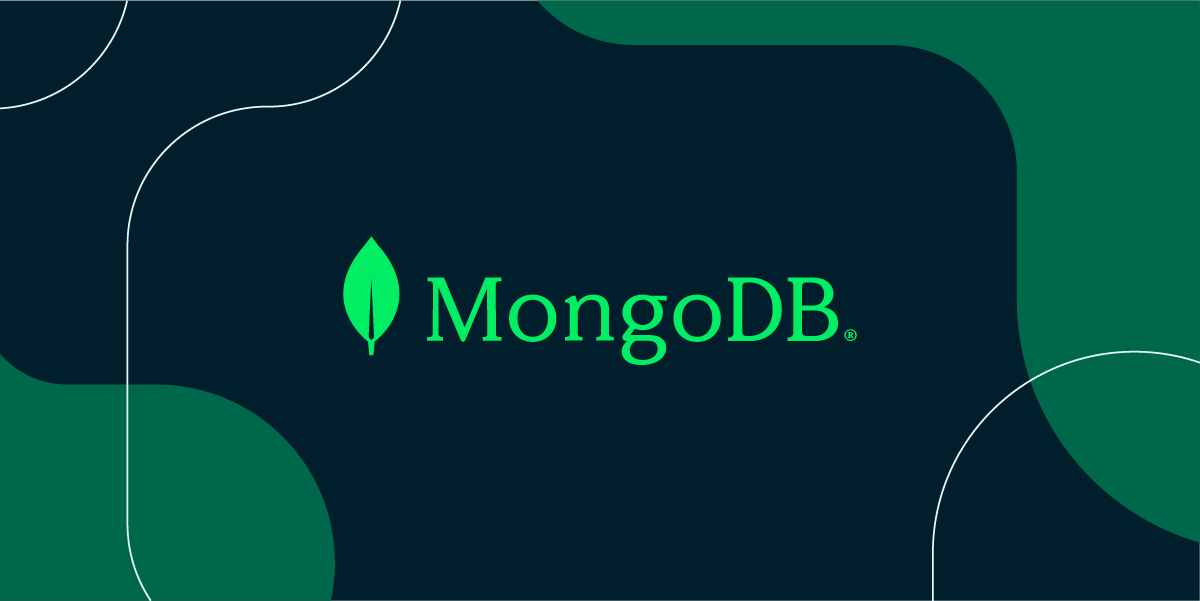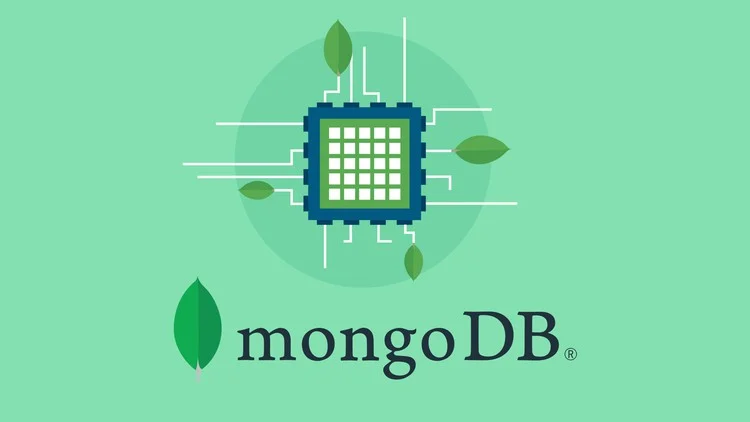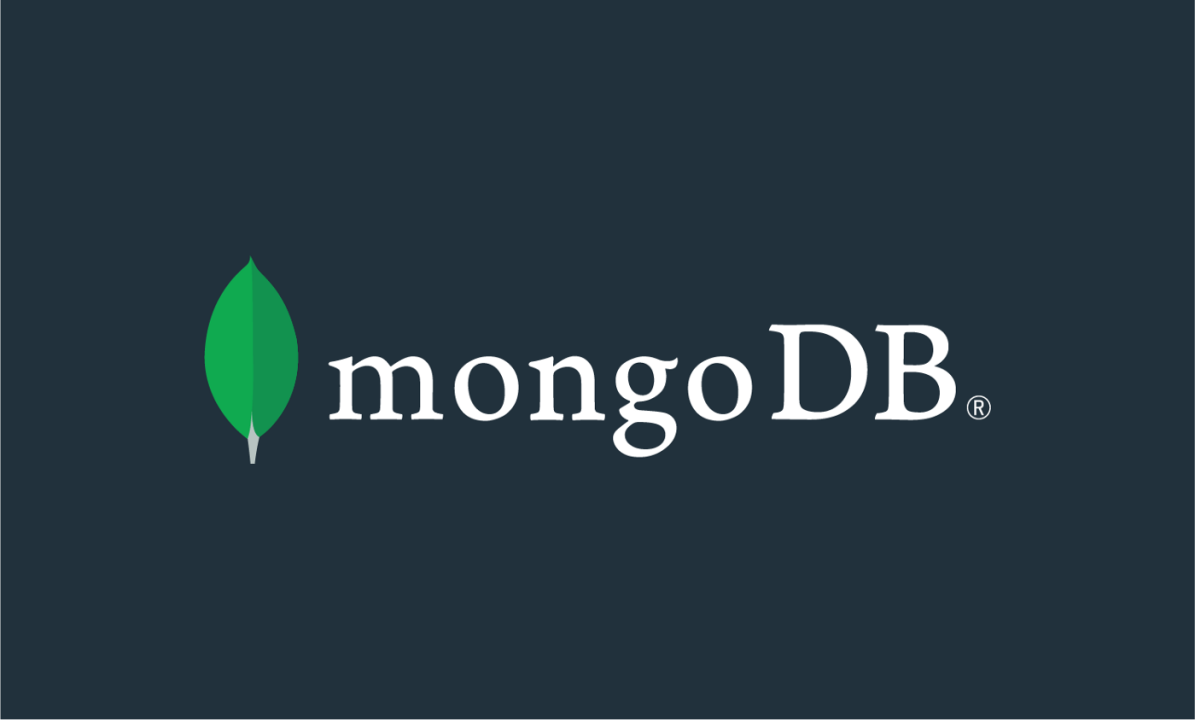使用MongoDB構建內容管理系統(CMS)
定义内容模型:先规划博客文章、页面、媒体和用户等类型,每种对应MongoDB的一个集合;2. 使用嵌入文档:将紧密关联的数据(如内容块)直接嵌入主文档,提升读取效率;3. 利用Atlas托管与搜索:使用MongoDB Atlas简化部署,并启用Atlas Search实现全文检索;4. 构建简易后台:用Express+React或Payload CMS/Strapi提供可视化管理;5. 智能处理版本与草稿:通过status字段区分状态,版本历史可存储为文档内数组。MongoDB通过灵活 schema 和嵌入式设计,显著提升CMS开发速度且无需复杂JOIN,适合内容结构常变的场景,最终实现高效迭代的完整CMS系统。

Building a Content Management System (CMS) with MongoDB is a smart choice—especially if you're dealing with flexible, evolving content structures. Unlike traditional SQL databases, MongoDB’s document-based model lets you store content like blog posts, pages, media, and user data in a way that’s both scalable and intuitive for developers. Here's how to approach it effectively:

✅ 1. Define Your Content Models First
Before writing code, map out what types of content you’ll manage:
- Blog posts (title, body, tags, author, publish date)
- Pages (slug, content blocks, SEO metadata)
- Media assets (images, videos, alt text, upload date)
- Users/Authors (name, role, permissions)
In MongoDB, each of these becomes a collection. For example:

// posts collection
{
"_id": ObjectId("..."),
"title": "Why MongoDB for CMS?",
"body": "<p>Flexible schema...</p>",
"tags": ["mongodb", "cms", "webdev"],
"authorId": ObjectId("..."),
"publishedAt": ISODate("2024-05-15"),
"status": "published"
}This structure avoids rigid joins and allows nested content (like blocks in a page) without complex normalization.
✅ 2. Use Embedded Documents for Related Content
Instead of linking everything via foreign keys (like in SQL), embed related data directly:

- Store comments inside a post document if they’re tightly coupled
- Use arrays of objects for reusable content blocks (e.g., hero, CTA, image-gallery)
Example:
{
"title": "Homepage",
"blocks": [
{
"type": "hero",
"heading": "Welcome",
"image": "/uploads/hero.jpg"
},
{
"type": "cta",
"text": "Sign up now!"
}
]
}This makes rendering pages fast—you fetch one document instead of joining 5 tables.
? Pro tip: Only embed if the related data is always used together. If comments need their own lifecycle (e.g., moderation), keep them in a separate
commentscollection and reference bypostId.
✅ 3. Leverage MongoDB Atlas for Hosting + Search
- Use MongoDB Atlas (cloud version) for easy deployment, backups, and scaling.
- Enable Atlas Search for full-text search across posts, pages, or tags—no need for Elasticsearch unless you have advanced needs.
Example search query:
db.posts.aggregate([
{ $search: { text: { query: "CMS", path: "title" } } }
])This gives you instant search functionality for your admin or public site.
✅ 4. Build a Simple Admin Interface (Optional but Recommended)
Even a basic CRUD UI helps non-technical users manage content. Tools like:
- Express.js + React/Vue for custom control
- Or use open-source headless CMS layers like Payload CMS or Strapi (both support MongoDB)
These tools give you authentication, role-based access, and API endpoints out of the box—while still storing data in your MongoDB instance.
✅ 5. Handle Versioning & Drafts Smartly
For content workflows:
- Add a
statusfield (draft,published,archived) - Optionally, store versions as an array inside the document:
"versions": [ { "body": "First draft...", "updatedAt": ISODate(...) }, { "body": "Edited version...", "updatedAt": ISODate(...) } ]This avoids needing a separate version history table.
Bottom line:
MongoDB shines in CMS development when your content structure changes often or when you want to avoid complex SQL joins. Start small—model your core content types, use embedding wisely, and scale with Atlas. It’s not just flexible—it’s faster to iterate on than most traditional CMS backends.Basically, you’re trading rigid schema for developer velocity—and that’s often worth it.
以上是使用MongoDB構建內容管理系統(CMS)的詳細內容。更多資訊請關注PHP中文網其他相關文章!

熱AI工具

Undress AI Tool
免費脫衣圖片

Undresser.AI Undress
人工智慧驅動的應用程序,用於創建逼真的裸體照片

AI Clothes Remover
用於從照片中去除衣服的線上人工智慧工具。

Stock Market GPT
人工智慧支援投資研究,做出更明智的決策

熱門文章

熱工具

記事本++7.3.1
好用且免費的程式碼編輯器

SublimeText3漢化版
中文版,非常好用

禪工作室 13.0.1
強大的PHP整合開發環境

Dreamweaver CS6
視覺化網頁開發工具

SublimeText3 Mac版
神級程式碼編輯軟體(SublimeText3)
 如何優化MongoDB中的查詢性能
Sep 17, 2025 am 08:59 AM
如何優化MongoDB中的查詢性能
Sep 17, 2025 am 08:59 AM
useProperIndexesonquery,sort和procottionfields,FavoringCompoundExeswithequealityBeforErangeFields,andAvoidOver-indexing; 2. 2.optimizequerizeByprojectingonlyneedeedeedeDedFields,避免使用index-blockingoperatorslike $ whereAndLeadLeadLeading-wildcardcardCardCardCardCardcardUdcardUgex $ regex&regex&regex&regex&imlimitiing $ iverity $ i
 通過解釋計劃分析優化MongoDB查詢性能
Sep 16, 2025 am 12:11 AM
通過解釋計劃分析優化MongoDB查詢性能
Sep 16, 2025 am 12:11 AM
使用explain("executionStats")可精准定位MongoDB查詢性能瓶頸,核心是看totalDocsExamined遠大於totalDocsReturned時需優化;2.出現COLLSCAN表示全表掃描,應創建索引;3.索引掃描文檔過多或返回文檔極少時,應改用複合索引如{status:1,createdAt:-1};4.executionTimeMillis超50–100ms需優化索引或限制結果集;5.確保查詢被索引覆蓋(indexOnly:true)以提升
 如何使用MongoDB中的變更流對數據更改做出反應
Sep 15, 2025 am 03:23 AM
如何使用MongoDB中的變更流對數據更改做出反應
Sep 15, 2025 am 03:23 AM
Changestreamsinmongodbenablereal-timemonitoringofdatachangesacrosscollections,數據庫,派遣機構,要求areplicasetorshardedClusterToAccessTheOplog; usethewatch(usethewatch()methodinnode.jstolistolistenforistenforistenforistleistlikeInsert,更新,更新,更新,更新,派生,派生,派生
 如何使用TTL索引在MongoDB中自動數據到期
Sep 16, 2025 am 01:28 AM
如何使用TTL索引在MongoDB中自動數據到期
Sep 16, 2025 am 01:28 AM
TTL索引可自動刪除過期文檔,適用於日誌、會話等時效數據;需基於Date字段創建,設置expireAfterSeconds實現定時清理,每60秒後台任務檢查一次,確保數據自動清除。
 如何與MongoDB構建聊天應用程序
Sep 20, 2025 am 03:28 AM
如何與MongoDB構建聊天應用程序
Sep 20, 2025 am 03:28 AM
使用Node.js、Socket.IO和MongoDB構建聊天應用,首先搭建技術棧並設計用戶與消息的數據模型,利用Mongoose定義schema並創建索引提升查詢效率;接著通過Socket.IO實現用戶加入房間、實時收發消息及歷史消息加載功能,服務器接收到消息後存入MongoDB並推送給房間內其他成員;為支持消息歷史與擴展性,使用MongoDB查詢按時間排序獲取消息,結合分頁或無限滾動加載更多內容,推薦MongoDBAtlas雲服務實現自動擴展與備份,必要時設置TTL索引自動清理過期消息,充分
 如何為MongoDB的產品目錄設計模式
Sep 21, 2025 am 01:31 AM
如何為MongoDB的產品目錄設計模式
Sep 21, 2025 am 01:31 AM
Designaroundaccesspatternsbyusingaflexibleschemawithembeddeddocumentsforperformance;includecommonfieldslikename,price,andsku,embedvariantandreviewdatawhenpractical,usearraysforspecifications,indexkeyfields,andseparatehigh-volumereviewstoensurescalabi
 如何優化MongoDB中的存儲利用率
Sep 19, 2025 am 06:25 AM
如何優化MongoDB中的存儲利用率
Sep 19, 2025 am 06:25 AM
EfficientstorageinMongoDBisachievedthroughoptimizedschemadesign,properindexing,andcompression.Usecompactschemaswithshortfieldnamesandappropriatedatatypes,embeddatawisely,andavoidunboundedarrays.LeverageWiredTiger’sSnappyorzlibcompressiontoreducedisku
 碎片和縮放MongoDB的實用指南
Sep 21, 2025 am 06:43 AM
碎片和縮放MongoDB的實用指南
Sep 21, 2025 am 06:43 AM
shardingisessentialforscalingmongodbwhendataexceedssingle-servercapacityorthroughoftuptimits,EnablingHorizontalsCalingByDistributingDataAcrossMultiPleshards.2.ashardedClusterconsistsofsistsofshardsofshardsofShards(Datastorage),MongoSroutore(Mongosroutor)






